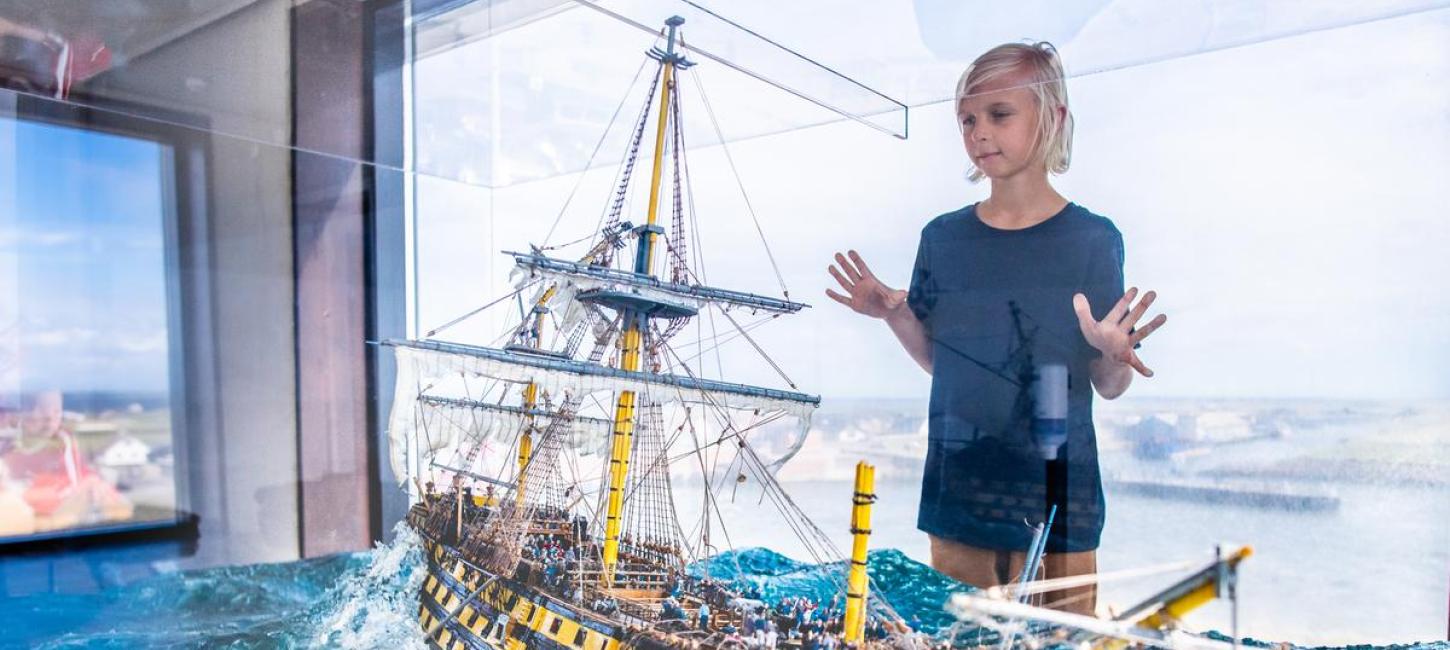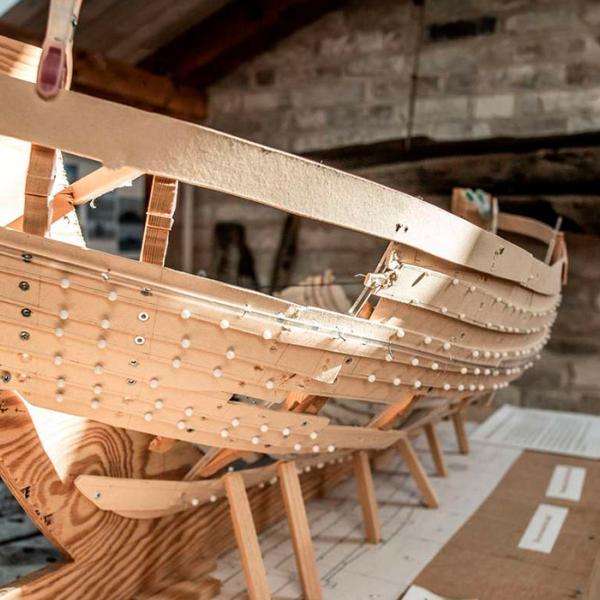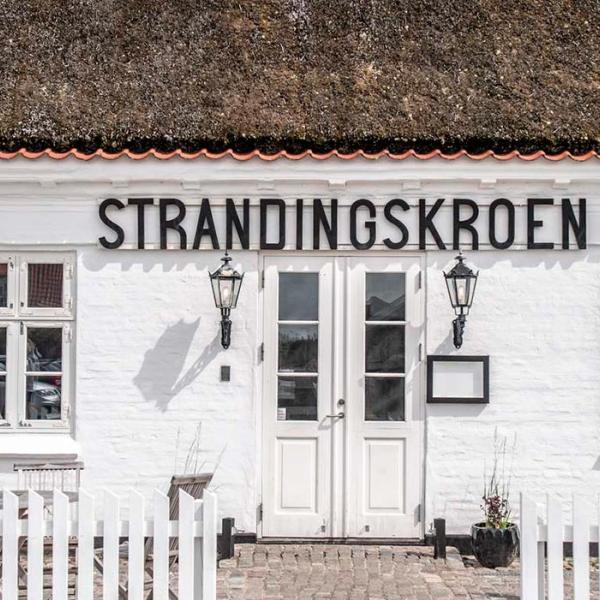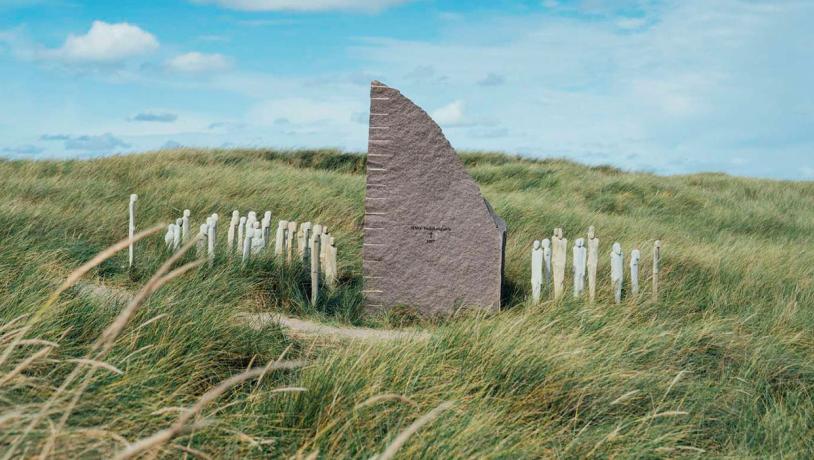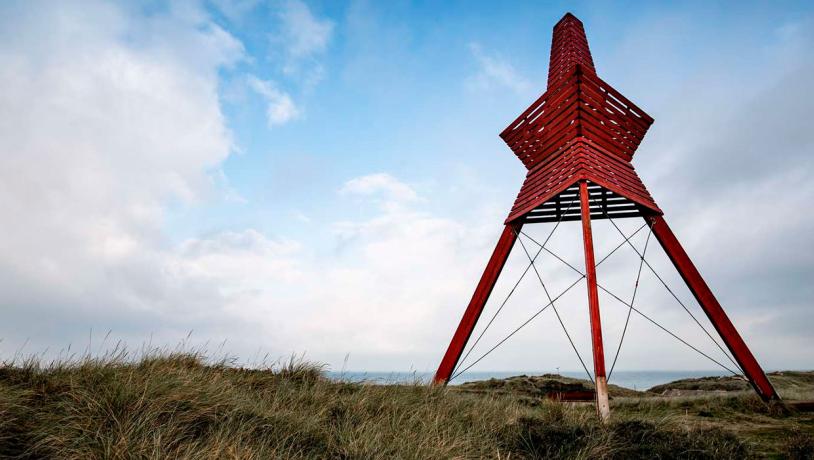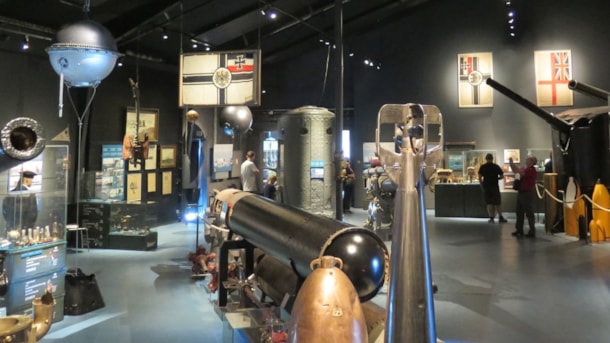Naval battle and strandings at the Northwest Coast
The North Sea was and still is an international trade route for goods from all over the world. In the old days, where there was no navigation equipment available, it was difficult and very dangerous to sail along the coast.
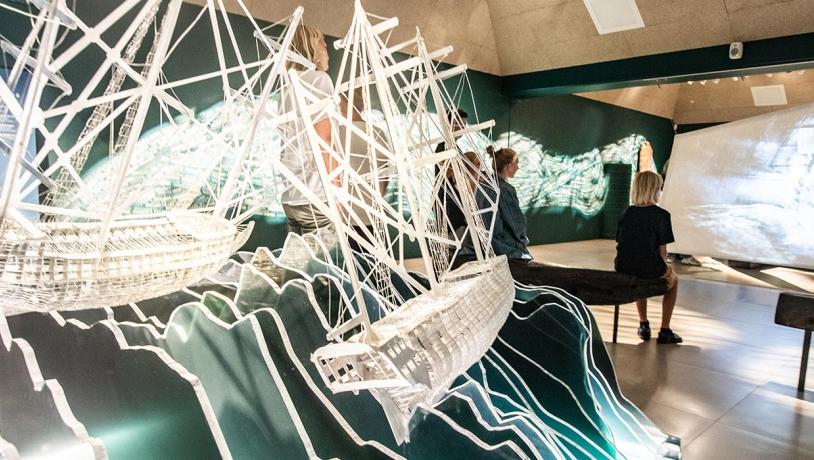
Photo:Destination Nordvestkysten
The Iron Coast
Severe storms, treacherous currents and reefs as hard as iron caused ships to be crushed into firewood. Therefore, the west coast from Thyborøn down to Hvide Sande is also called the iron coast. From 1858-1882 no less than 1200 strandings and wrecks have been registered along the coast. The North Sea was feared by the sailors as the current conditions were difficult to calculate and a ship got easily off course. The west coast was flat and without harbours and protective coves.
Visit some of the places where the history is told vivdly. For instance, where the Russian warship, Alexander Nevskij, which sank off Harboøre in 1868 with 727 men on board, can be experienced. The big anchor from the ship is placed at Thyborøn harbour and is nowadays considered as the harbour's landmark. Bovbjerg lighthouse is in the same way an experience of both historical character but also due to the unique nature. The lighthouse was built in 1877 as a help for sailors in the North Sea. It signals twice every 15 seconds and the light extends to 16 sea miles into the sea.
The Strandingsmuseum St. George is an unique experience, also if you are not especially interested in history. Children of all ages will easily be carried away by the completely different way in which the Strandingsmuseum conveys the stories and all the senses will be used. It is based on the largest stranding disasters in world history, which took place at Christmas in 1811 off Thorsminde, where two English liners HMS St. George and HMS Defence stranded during a hurricane and approximately 1400 people died. In the museum you follow the ships on their last voyage and gain insight into the daily life on an English liner with the help of the many salvaged items from St. George. The large ship's bell, the sound which was the last the many sailors heard before they sunk, is placed in the exhibition and gives light goosebumps on the arms when the deep sound of the bell rings again.
Jammerbugten and Stygge Krumpen
The bay Jammerbugten got it's name after the many naval accidents. The story goes that the bishop Stygge Krumpen, who was bishop of Børglum's diocese from 1519, was involved in many strandings along the coast. Legend has it that Stygge rode out on the dunes with lanterns tied to the horses, so that it looked as if there were ships further inland and hence, got sailors to sail to close to the coast, who then stranded. Afterwards, Stygge and his men should have murdered the castaway and looted the ship's valuables. That obviously lead to some "whining" (Danish: jammer) in the bay and therefore it's name.
Photo:Destination Nordvestkysten
Battle of Jutland - world history's largest naval battle
In 1916, the world history's largest naval battle took place off the west coast of Jutland, where 100.000 men on German and British ships fought for domination at sea. 8.646 sailors lost their life and 24 ships sunk to the sea's ground. In the Sea War museum in Thyborøn, the history of the battle is told and in the dune facing the sea is a memorial park for the one's killed in action.
Photo:Destination Nordvestkysten
Sea marks - the signposts of the sea
To prevent the many shipwrecks, lighthouses were built along the coast, as a warning for sailors, as well as sea marks to help them navigate the treacherous waters. The sea marks are also called the signposts of the sea and became a symbol that connects the entire west coast. The old sea marks have a unique shape and the sailors drew them into their nautical chart and could therefore calculate their position. The sea marks are protected nowadays and were set up back in 1884-1885 together with rescue stations to increase the safety. Originally, there was a network of 23 sea marks - from Skagen to Blåvands Huk. From the 23 there are 11 left, including a reconstruction in Blokhus from 2006, as the original one was blown up during World War II in 1944. In national park Thy there are no less than three sea marks: Bøgsted Rende, Stenbjerg and Vigsø.
Løkkens sea mark is the northernmost on the Northwest Coast and further south there are sea marks in Vedersø and Husby.
Experience the history
Experience the history and the interesting stories of the strandings and naval battles at the many museums at the Northwest Coast.
Sea War Museum Jutland
Sea War Museum Jutland in Thyborøn tells the story of the naval war in the North Sea during the First World War with emphasis on the largest naval battle in world history - the Battle of Jutland, whic...
Experience the Iron Coast
The west coast of Jutland was feared by seamen for centuries. In stormy weather the sea was rough, and erratic current conditions easily led a ship on a catastrophic course. The west coast of Jutland ...
Strandingsmuseum St. George
World history on the West Coast. Get up close to the dramatic stories of the British warships St. George and Defence.
Bovbjerg Lighthouse
Bovbjerg Fyr today functions as a cultural center and is run by 160 volunteers who come up with crazy, fun and fun events, where the community is a major driver.
You can experience everything from cl...
Thisted Museum
At Thisted Museum you can get closer to the good stories about Thy - the many years and the great lines - and about the area's contacts with the wider world from the first Stone Age people to today's ...Strandingskroen
Strandingskroen was bought in 2019 by Strandhotellet Blokhus.
Every Tuesday, fried pork and parsley sauce are served, remember to book a table. The rest of the week the restaurant is open for parties...
